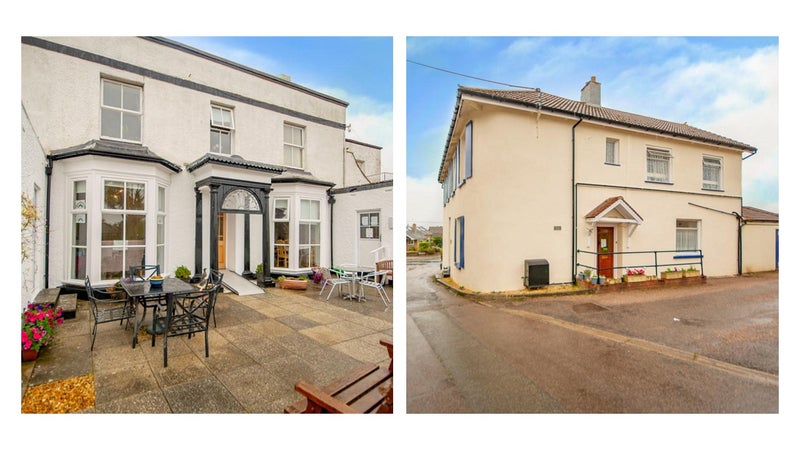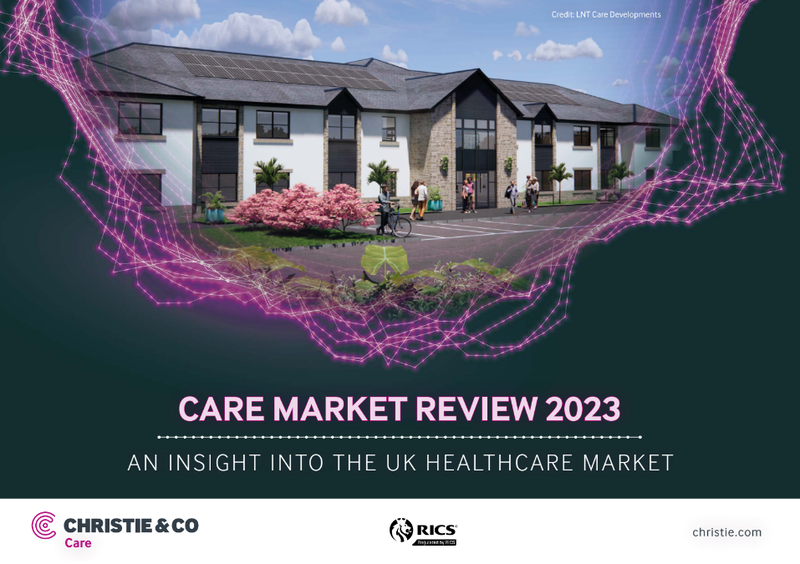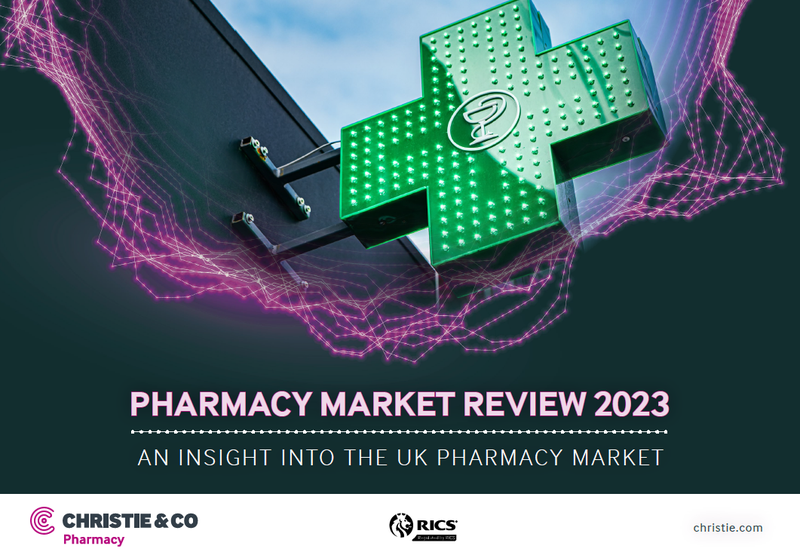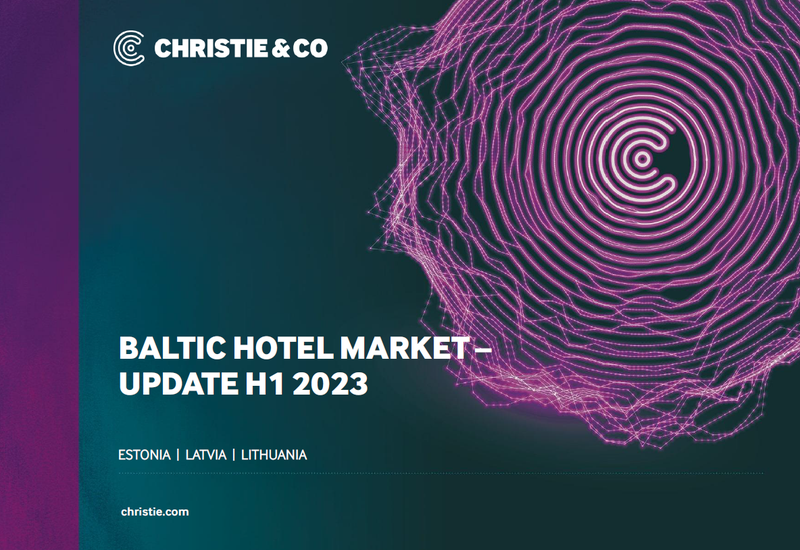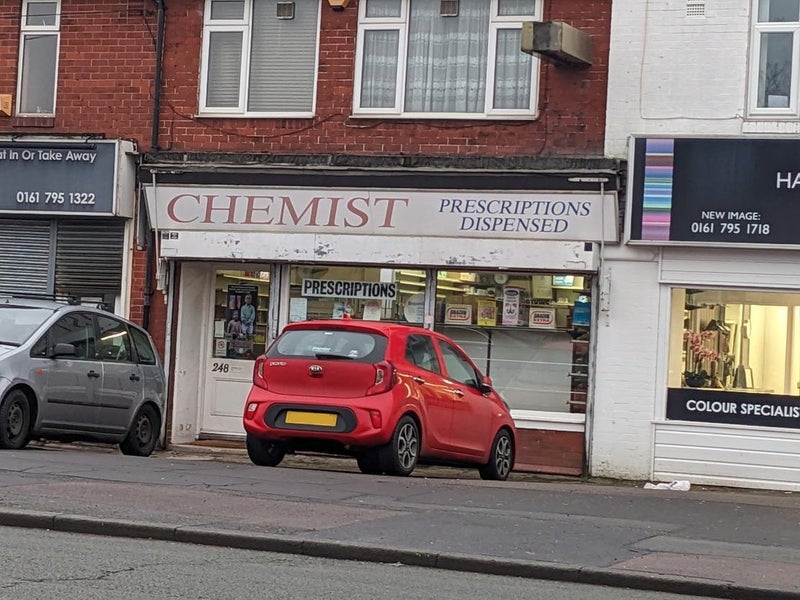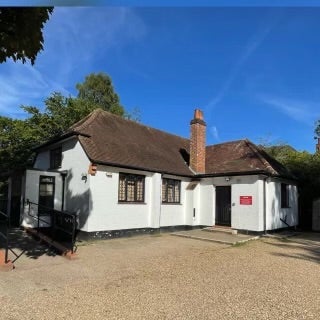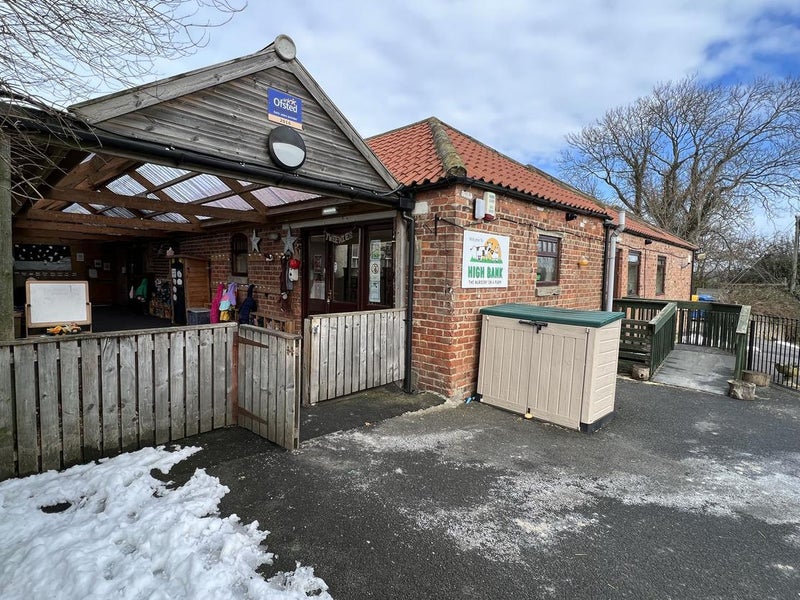The UK Hotel Market
Key regional UK markets; Edinburgh, Manchester, Birmingham, Glasgow, Bristol and Liverpool.
The United Kingdom is the 10th most internationally visited destination in the world, according to the UNWTO, with over 266m international overnights in 2018. Domestic visitation is also very strong with British travellers accounting for over 122m overnights in 2018, a 2.8% increase on the previous year.
The UK market has seen strong results in hotel performance and visitation, despite political and socio-economic challenges. The UK has recorded year-on-year RevPAR growth since 2010, supported by a positive economic background and a global increase in travel. Whilst London remains a key driver of UK tourism, capturing a large proportion of overall visitation, Regional UK markets have significantly gained popularity with both tourists and investors. In the past five years RevPAR growth in Regional UK has surpassed London, with a 2.4% 5-year CAGR, albeit with significant variances across markets.
However, new supply has started to impact performance in some markets and the number of hotel rooms in the pipeline shows that the trend will continue in the foreseeable future, although this varies considerably by market. Other challenges such as National Living Wage increases, business rates revaluation and recruitment and retention difficulties have had some impact on profitability levels.
The Regional UK market still presents opportunities for investors, developers and operators but it is necessary to understand the fundamentals and drivers of each individual market to accurately assess investment prospects. This report looks at the six largest regional cities by number of overnight stays and outlines each market dynamic by analysing the distinct context of demand, supply, performance and transactional trends.
We hope that you enjoy reading this report and that you will consider our advice when assessing your future investment decisions.
| Carine Bonnejean Managing Director – Hotels T: +44 7921 063 548 E: Carine.Bonnejean@christie.com |
Each key market has been ranked relative to each other as follows:
Overnight Stays: 1 being the market with the most overnight stays and 18 with the least, in 2018 which is the latest available data
Room Supply: 1 being the market with the most supply and 18 with the least, in 2019
OTR Ratio: 1 being the market with the highest ratio and 18 with the lowest
UK Competitiveness Index: 1 being the market with the highest index and 18 with the lowest, in 2018 which is the latest available data
Room Pipeline: 1 being the market with the highest room pipeline as a percentage of its current supply and 18 with the lowest
UK Competitiveness Index: captures the future development of the market assessed from an economic and social perspective. The metric captures the markets that are outlined as having strong economic outlook and therefore provide strong fundamentals for hotels going forward.
1Overnight To Room ratio is the quotient between overnight stays and hotel room supply.
2The UK Competitiveness Index is prepared by the universities of Cardiff and Nottingham. It has been designed to be an integrated measure of competitiveness focusing on both the development and sustainability of businesses and the economic welfare of individuals.
Understanding the dynamics of each individual market in Regional UK is key in identifying the right opportunities. We have analysed the drivers of 18 Regional UK markets based on the below metrics:
Overnights stays
The metric captures the size of the demand in each market combining both international and national stays in the city. We consider this to be a key factor when determining the fundamentals of a market and we have selected the top 6 markets to be analysed in detail in this report based on this indicator of demand levels.
Room supply
Markets with large room supply indicate the maturity of the market and expected local competition. Supply additions have been a factor of concern for investors in markets such as Manchester, Liverpool and Glasgow. However, a larger market can also indicate opportunities for international brands. to convert existing stock and for investors to benefit of higher liquidity.
OTR ratio
Analyses the relationship between overnight stays and the available room supply in the market. Whilst some markets, such as Plymouth, present low levels of overnight stays we identify that the supply is well-adjusted to the level of demand and therefore benefits of a very strong OTR ratio. Markets such as Manchester, with the lowest OTR ratio amongst the analysed markets, might indicate the first signs of oversupply.
Room Pipeline
The metric presents the current pipeline under construction and in final planning stages relative to the current existing room supply. In markets that currently have a low OTR ratio, further additions to the inventory might lead to oversupply, unless demand levels are to pick up. However, in markets with stock concentrated in certain classes, such as Liverpool, additional room stock in the right segment might respond to local demand and bring balance and diversity of offering in the market.
Edinburgh
Edinburgh, the gateway to Scotland, has experienced an increasing appeal for several years, mostly driven by international visitors. The busy conference and festival calendar, historic buildings and financial institutions make the city a popular destination for both business and leisure visitors.
As a result, the market has attracted many investors leading to a 26% increase in supply since 2012, comprising mostly branded budget hotels and aparthotels.
Despite continuous supply additions, demand levels remain strong, with Edinburgh recording occupancy levels above 80% for the past five years. After double-digit RevPAR growth in 2017, 2018 growth was flat and 2019 performance shows a slight decrease as competition intensifies adding pressure on ADR and occupancy levels.
After a record transaction year in 2018 when several UK portfolios transacted, the market has seen a slow down in 2019 due to lack of available stock as well as some economic uncertainty.
The market is expecting moderate supply increase given the current pipeline and given the strong fundamentals, performance is expected to remain positive and investor appetite strong.
Manchester
Manchester is the third most popular UK destination after London and Edinburgh by number of overnight stays. Seasonality is mitigated by the many conferences, events, retail and sport events attracting leisure and corporate visitors all year round.
Since 2014 Manchester has recorded a significant amount of new supply and is now the largest market outside London (by room count). Despite continuous supply additions, performance levels saw moderate growth in RevPAR between 2013 and 2018. There was some minimal short-term impact as a result of the June 2017 terrorist attacks but the market proved to be very resilient. In 2019, RevPAR performance decreased by 5%, mostly ADR driven, as competition in the market intensifies with new hotels gaining market share.
2019 was a record year for transactions in Manchester, being the largest Regional UK market in terms of transactional volume, as several large single assets exchanged hands. Appetite from investors remains strong albeit with the background of hotel performance creating some concerns as supply additions are creating increasing pressure.
Birmingham
Birmingham is a popular conference destination due to its great connectivity by road, rail and air. Demand growth since 2012 has been driven by international visitors whereas domestic demand remained relatively flat.
Currently, hotels in the Upper Midscale class and below account for approximately 60% of the supply. After limited growth in 2014 and 2015, supply increased by 8.7% between 2015 and 2019. The size of the pipeline is relatively moderate compared to the other main UK cities and is composed of Upper Midscale and Upscale hotel rooms.
The market records occupancy levels that are constantly above 70% paired with a discounted ADR, in line with markets that rely on negotiated rates driven by business demand. Whilst the ADR levels are some of the lowest from the six cities analysed, it also presents the least year-on-year fluctuations, proof of a stable market with strong demand.
In terms of transactions, the market recorded its lowest volume since 2013, with the majority of transactional evidence being made of portfolio sales. However, there have been a number of development sites transacting in the market indicating strong hotel development interest.
The outlook for Birmingham is positive, with demand expected to be driven by the nearby city of Coventry being City of Culture 2021 and the city hosting the Commonwealth Games in 2022.
Glasgow
Glasgow’s international overnights surpassed domestic visitation for the first time in 2017. A strong North American marketing campaign to increase visitors from across the ocean has proven to be effective, with American visitors increasing by approximately 40% in 2017. Glasgow is becoming a strong tourist destination promoting a diverse events offering throughout the year as well as benefiting from strong commercial activity and a developing corporate environment.
After several years of limited supply growth, an impressive 1,000 new rooms opened in 2018. With the second largest pipelines relative to current supply (c. 4,900 rooms) in the UK, KPIs and profitability will be put under pressure.
Following five years of strong growth and a record ADR level in 2018, 2019 saw an 8.8% decrease in RevPAR as supply additions impacted both occupancy and ADR.
After a record transactional volume in 2018 when several large assets transacted as part of portfolios, 2019 returned to more normal levels with transaction volume being led by single assets.
Glasgow remains one of the main tourism destinations in the UK. However, new supply has started to impact performance negatively and is expected to continue until the market absorbs the newly-opened hotels and the coming pipeline.
Bristol
Since 2015, international overnights have outweighed domestic visitation capitalising on the international exposure driven by the Rugby World Cup taking place in Cardiff. The Universities also play a key role in driving tourist demand as families and friends visit its students.
Supply decreased between 2012 and 2015 when small independent properties closed amid increased competition. Since then, the inventory has been replaced by new, branded properties. Half of the pipeline is made up of Upper Midscale hotels such as Moxy.
After double-digit RevPAR growth in 2014 and 2015, the market has been relatively unstable with no clear growth trajectory. After a decrease in RevPAR in 2018, 2019 performance was back on an upward trend, finishing the year 1.6% above 2018 RevPAR levels.
2015 was a record year for Bristol transactions as a large number of properties transacted as part of distressed portfolios. 2018 represented another peak of activity led by portfolio sales, followed by a slow 2019, as only two assets transacted in the market. It is worth noting that international investment has intensified in the market with interest from Asian investors and continental Europe.
The outlook for Bristol is positive, supported by growing popularity from domestic and international visitors and a reasonable pipeline. Furthermore, Bristol is the largest UK city without an arena-style venue. Once completed in 2023, it is expected to drive significant levels of demand.
Liverpool
Historically a leisure destination, business visitation in Liverpool has increased in recent years driven by the opening of the ACC in 2008 and the Exhibition Centre in 2015. The city benefits from a number of attractions and events that have led to growth in domestic and international overnights.
The city has seen substantial additions to supply in the past five years as regeneration schemes across the city created opportunities for new entrants in the market. Almost 600 rooms were opened in 2018 alone as new concepts replace the outdated supply.
Both occupancy and ADR have been on an upward trend since 2013 resulting in Liverpool climbing from the 13th highest RevPAR in the UK in 2013 to 5th in 2018. 2019 showed a slight decrease, albeit on the back of a 7% RevPAR growth in 2018.
2018 was a record year for transactions in Liverpool predominately driven by portfolio acquisitions. In comparison, 2019 was a modest year with only two properties changing hands as part of a portfolio. However, investor interest in conversions and redevelopment of existing properties remains strong.
The next two years are expected to be challenging for RevPAR growth as new supply enters the market (c. 860 and 500 rooms in 2020 and 2021 respectively) and competition within a relatively small market intensifies.
| Carine Bonnejean Managing Director – Hotels T: +44 7921 063 548 E: Carine.Bonnejean@christie.com |


